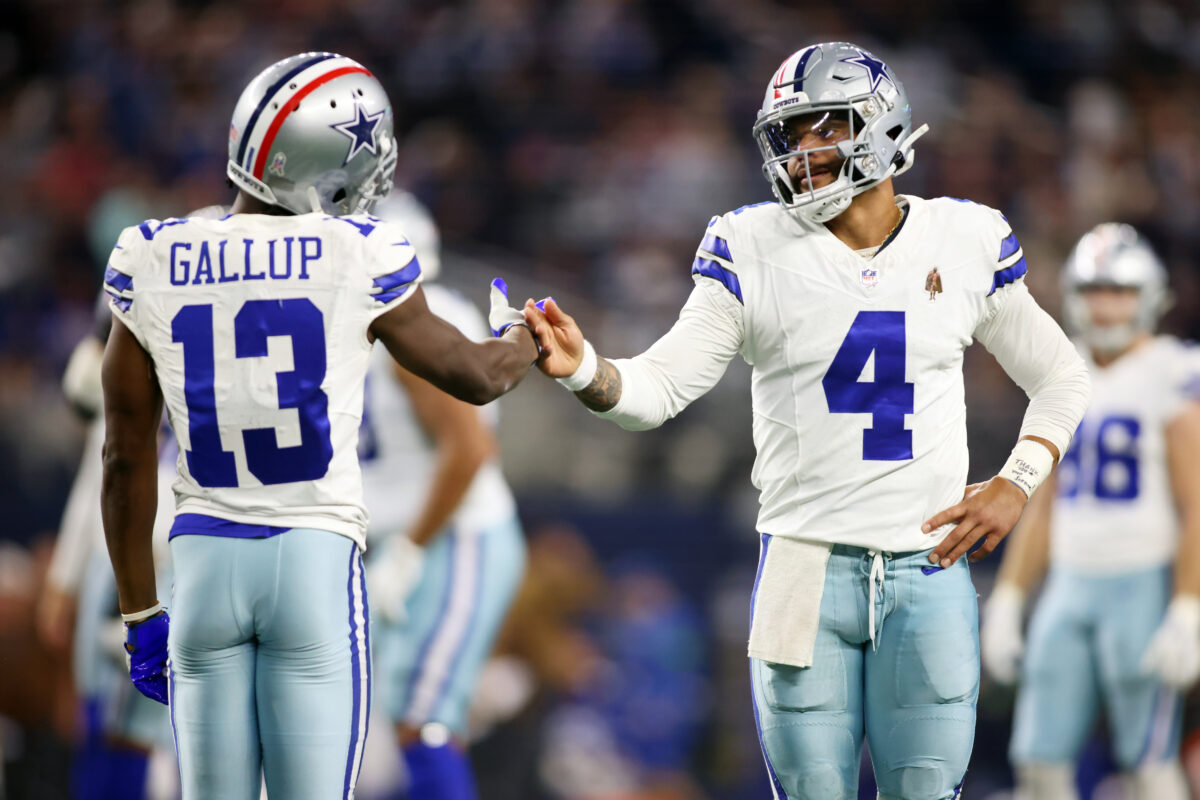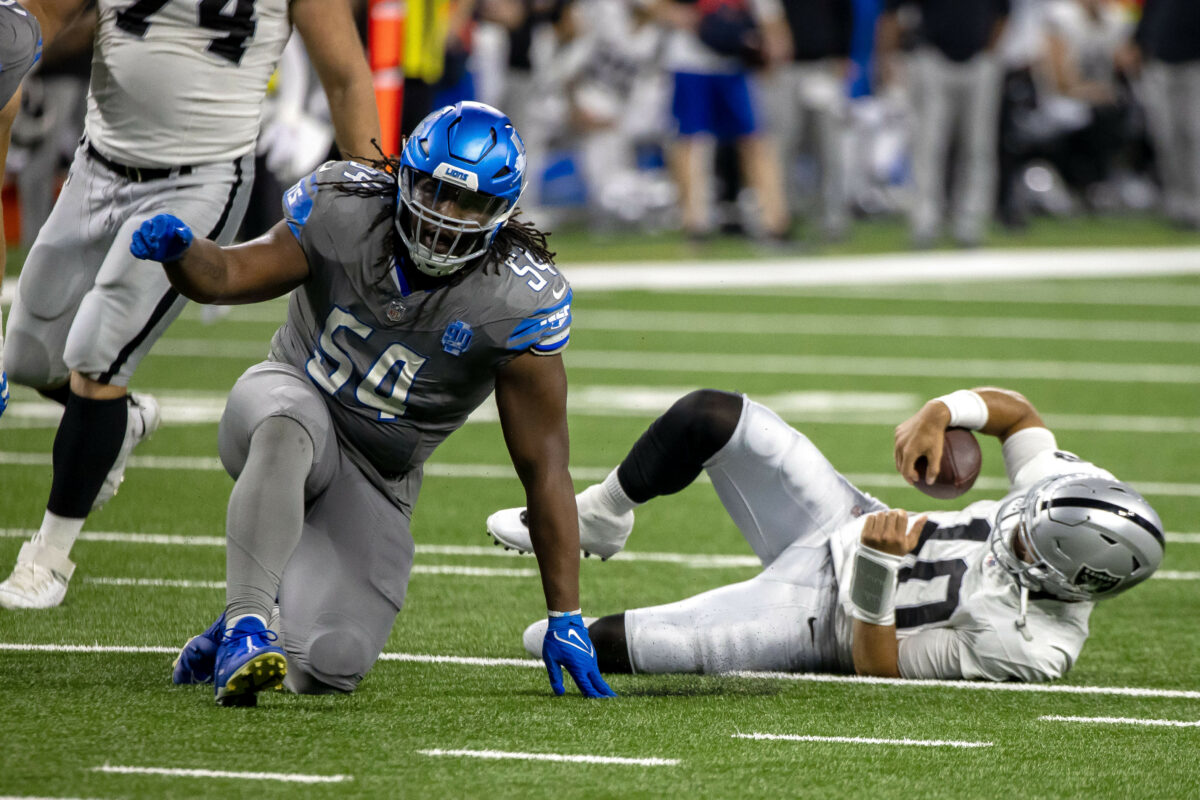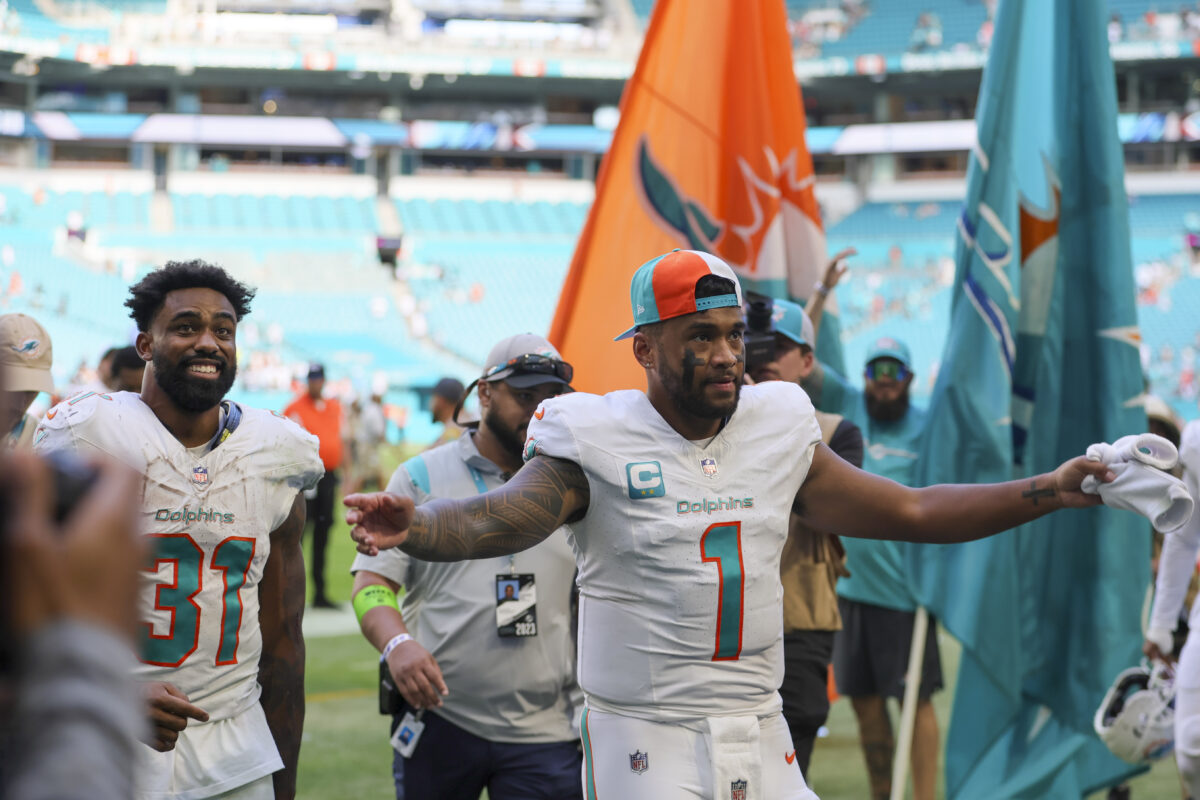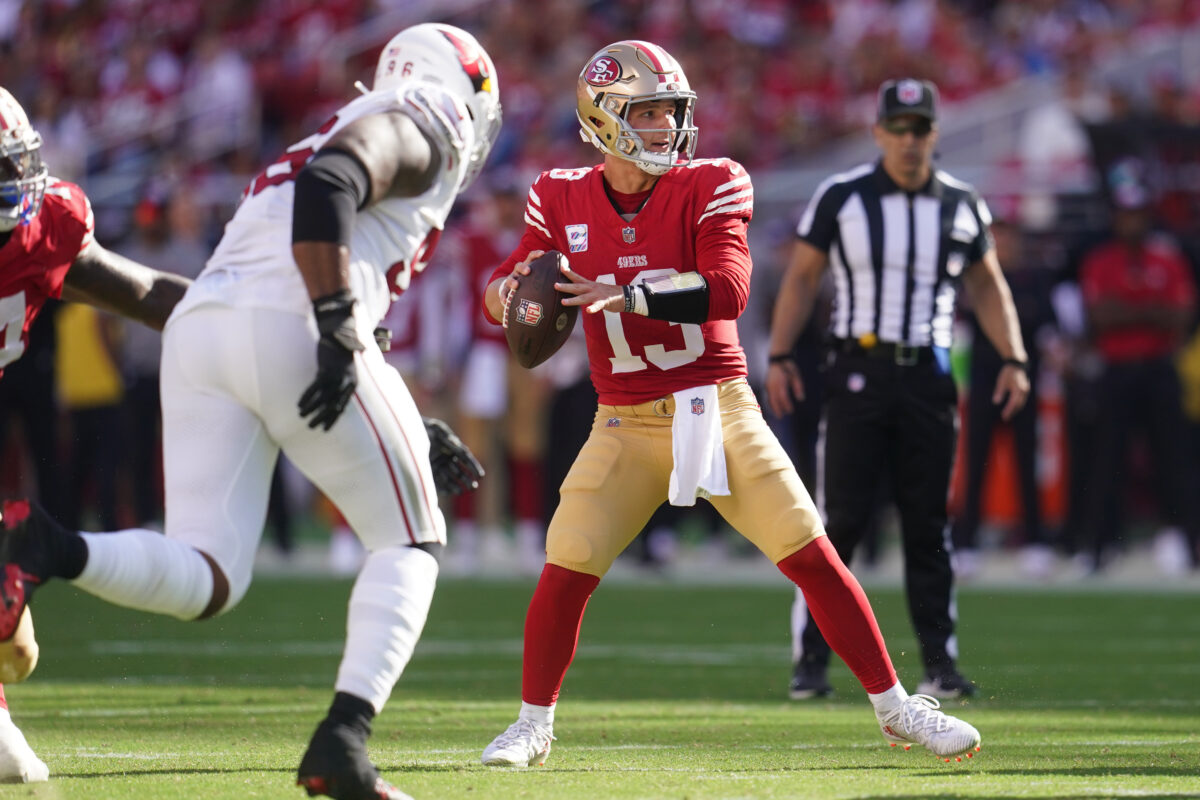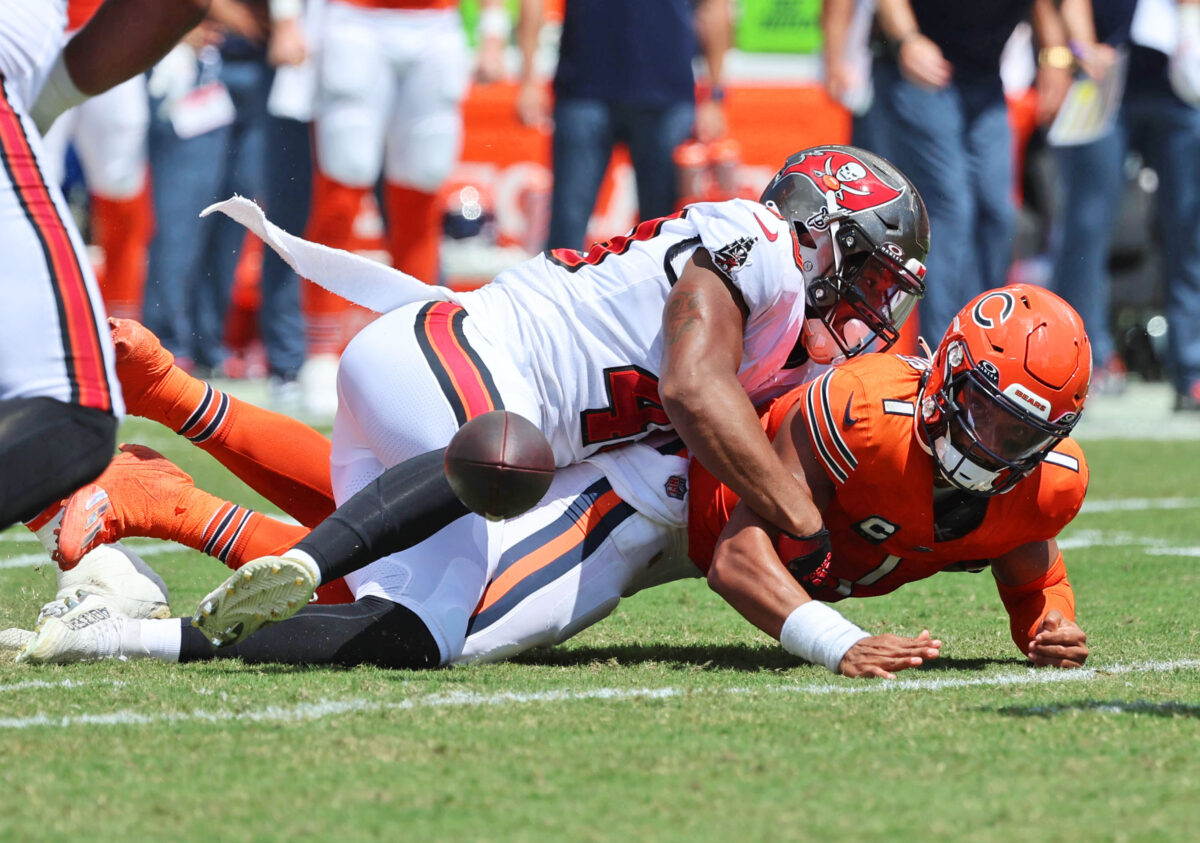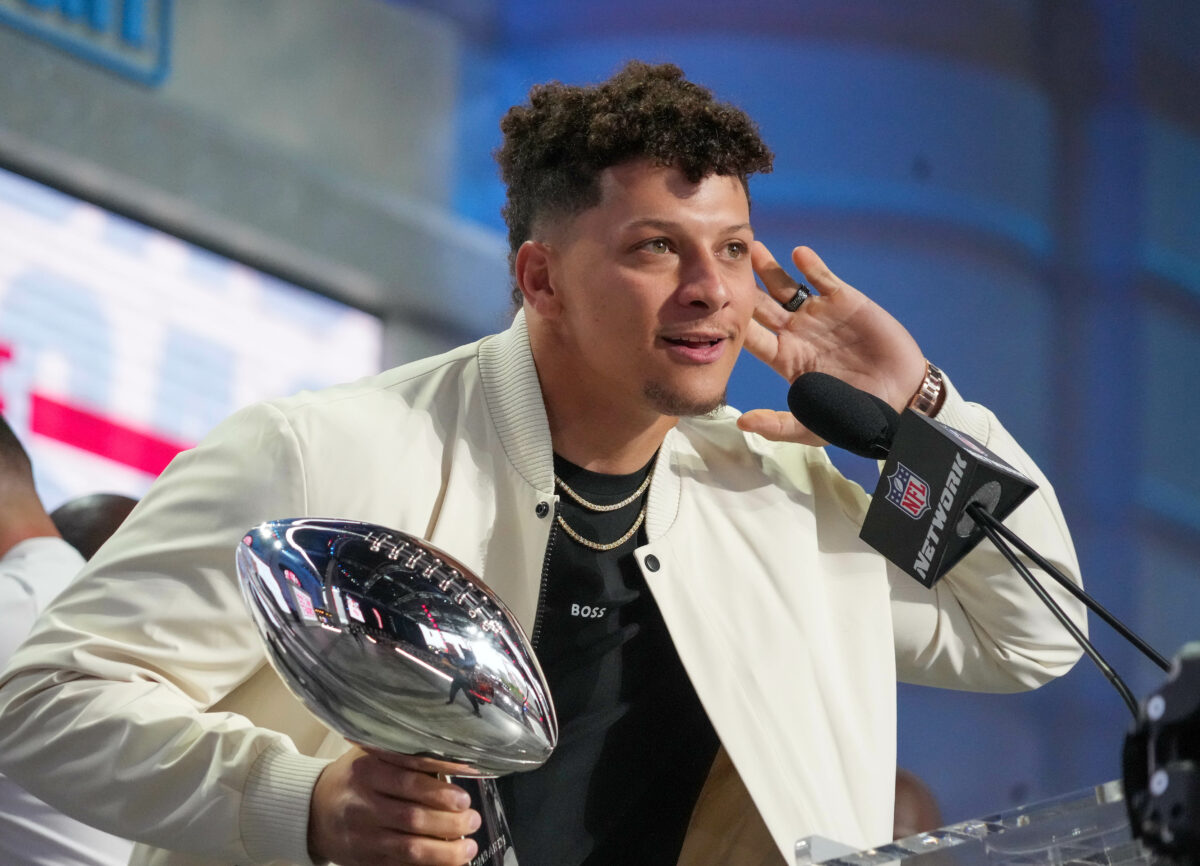You can’t win a Super Bowl in the modern NFL without a good quarterback. Fortunately for the four teams remaining as the conference championship games loom, four good-to-great passers remain.
Unsurprisingly, the guy headed into the gridiron’s final four with the most momentum is its presumptive regular season MVP. Lamar Jackson finished 2023 as a first-team All-Pro, typically the prerequisite to the league’s top individual award. He harnessed that momentum into a gorgeous performance in the divisional round, ending the Houston Texans’ Cinderella story in a 31-10 win.
If Jackson is the top quarterback remaining in the playoffs, how does the rest of the field sort out? Fortunately, we’ve got data that can help us sort through the remaining three candidates.
Expected points added (EPA) is a concept that’s been around since 1970. It’s effectively a comparison between what an average quarterback could be expected to do on a certain down and what he actually did — and how it increased his team’s chances of scoring. The model we use comes from The Athletic’s Ben Baldwin and his RBSDM.com website, which is both wildly useful AND includes adjusted EPA, which accounts for defensive strength. It considers the impact of penalties and does not negatively impact passers for fumbles after a completion.
Because the playoffs are as much about how hot you are as how good your team has been, let’s limit the scope of our data. Rather than limit ourselves to the too-wide net of all of 2023 or the too-small sample size of this year’s playoffs, let’s scoop our numbers from the final six weeks of the regular season on. Plotting that data gives us a 34-quarterback sample size that looks like this:

That’s entirely too busy for our purposes, so let’s eliminate all the guys who aren’t playing this weekend. Poorly and with garbage photoshop skills, as is tradition.

Let’s see how everyone rates when sorted by a composite of EPA and completion percentage over expected (CPOE). The guy at No. 1 won’t surprise you. The guy at No. 4 might.
